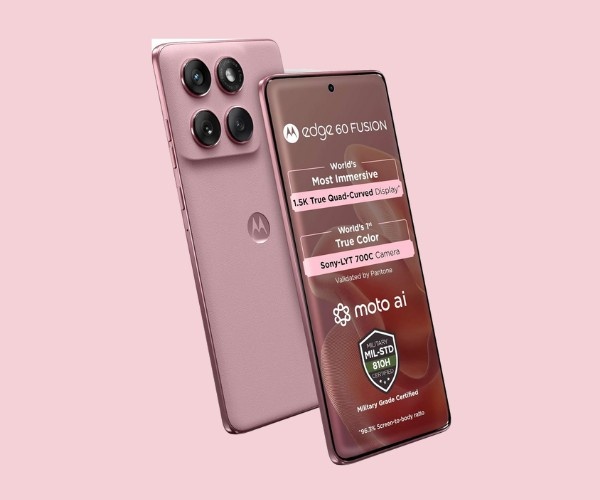What is Blogging?
Blogging is the practice of creating and publishing regular content on the internet, typically in the form of articles or posts, to share information, ideas, or personal experiences. It allows individuals and businesses to connect with a global audience, build an online presence, and establish authority in a specific niche. Whether focused on lifestyle, technology, travel, or any other topic, blogging offers a flexible platform to engage readers, improve writing skills, and even generate income through monetization methods like affiliate marketing and advertising. Starting a blog has become easier than ever with user-friendly platforms and tools designed for beginners and professionals alike.
Blogging has become one of the most popular ways to share ideas, express creativity, and even earn income online. Whether you want to build a personal brand, promote a business, or simply share your passions, starting a blog is an excellent way to connect with an audience. If you’re new to blogging and wondering how to start, this comprehensive guide will walk you through every step to set you up for success.
Why Start a Blog?
Before diving into the technical steps, it’s important to understand why blogging can be valuable:
Express Your Voice: Share your knowledge, opinions, and stories with a global audience.
Build an Online Presence: Establish authority in your niche or industry.
Earn Money: Monetize through ads, sponsored content, or selling products and services.
Network and Collaborate: Connect with like-minded individuals and grow your community.
Improve Skills: Blogging hones writing, marketing, and technical skills.
With those benefits in mind, let’s explore how to start your own blog.
Step 1: Choose Your Blogging Niche

Your niche is the specific topic or area you’ll focus on in your blog. Selecting a niche helps attract a targeted audience and keeps your content focused. Here are tips to pick the right niche:
- Choose something you’re passionate about or have expertise in.
- Research popular topics that people frequently search for online.
- Look for niches with a balance of audience interest and manageable competition.
- Consider your long-term commitment to the niche.
Popular blogging niches include lifestyle, health and fitness, technology, travel, food, personal finance, and parenting. Once you pick your niche, you’re ready for the next step.
Step 2: Pick a Blogging Platform

A blogging platform is where you will create and publish your blog posts. Some popular blogging platforms are:
- WordPress.org: The most popular self-hosted option with complete control and customization. Requires purchasing web hosting.
- WordPress.com: A hosted version with limited features on free plans.
- Blogger: Free platform owned by Google, easy to use but limited customization.
- Wix or Squarespace: Website builders with blogging features, ideal for beginners wanting drag-and-drop design.
For most serious bloggers, WordPress.org is the recommended choice because it offers full control, powerful plugins, and the ability to scale as your blog grows.
Step 3: Get a Domain Name and Hosting

Your domain name is your blog’s web address (e.g., www.yourblogname.com). Choose a domain that’s:
- Short, memorable, and easy to spell.
- Relevant to your niche.
- Available as a .com domain if possible, since it’s the most common and trusted.
Next, you need web hosting to store your blog’s files and make them accessible on the internet. Some popular hosting providers include Bluehost, SiteGround, and HostGator, many of which offer one-click WordPress installation.
Step 4: Set Up Your Blog

Once you have hosting and a domain:
- Install WordPress (if using WordPress.org) via your hosting control panel.
- Choose a blog theme that fits your style and niche. There are thousands of free and premium themes available.
- Customize your blog’s appearance by adjusting colors, fonts, and layout.
- Install essential plugins like Yoast SEO (for search engine optimization), Akismet (for spam protection), and a caching plugin for speed.
Step 5: Create Essential Pages

Before publishing your first blog post, set up important pages for your readers:
- About Page: Introduce yourself and explain what your blog is about.
- Contact Page: Provide a way for visitors to reach you.
- Privacy Policy and Disclaimer: Required for legal compliance, especially if you collect user data or monetize.
These pages build credibility and trust with your audience.
Step 6: Plan Your Content Strategy

Great content is the heart of blogging. To attract and retain readers, you need a clear content strategy:
- Research keywords related to your niche using tools like Google Keyword Planner or Ubersuggest.
- Plan topics that solve problems, entertain, or inform your audience.
- Create an editorial calendar to schedule consistent publishing.
- Write engaging, well-structured blog posts with headings, images, and calls to action.
Consistency is key. Aim to publish at least one blog post per week initially.
Step 7: Write and Publish Your First Blog Post

When writing your first post:
- Choose a relevant, keyword-rich title.
- Write an introduction that hooks readers.
- Break content into small paragraphs with subheadings.
- Use bullet points or numbered lists for readability.
- Add relevant images to complement your text.
- Proofread carefully to avoid grammar and spelling errors.
Once satisfied, hit publish and share your post on social media and relevant online communities.
Step 8: Promote Your Blog

Creating content is just the start. Promoting your blog is crucial to grow your readership:
- Share posts on social media platforms like Facebook, Twitter, Instagram, and LinkedIn.
- Engage in online forums and groups related to your niche.
- Network with other bloggers through guest posting and collaborations.
- Use email marketing to build a subscriber list and send newsletters.
- Consider SEO techniques to improve your blog’s ranking on search engines.
The more visibility you create, the faster your blog will grow.
Step 9: Monetize Your Blog
Once your blog has steady traffic, you can start monetizing it through:
- Affiliate Marketing: Promote products and earn commissions.
- Display Ads: Use services like Google AdSense.
- Sponsored Posts: Partner with brands to publish paid content.
- Selling Products or Services: Launch eBooks, courses, or consulting.
Monetization takes time, so focus first on building quality content and a loyal audience.
Step 10: Analyze and Improve
Use tools like Google Analytics to monitor your blog’s performance. Track metrics such as:
- Page views
- Bounce rate
- Traffic sources
- User engagement
Analyzing data helps you understand what works and where to improve. Regularly update your old posts and experiment with new content formats like videos or podcasts.
Starting a blog may seem overwhelming at first, but by following these steps, you can launch a successful blog that reaches and inspires your target audience. Remember, the key to blogging success is passion, persistence, and continuous learning. So pick your niche, set up your platform, create valuable content, and start sharing your unique voice with the world today!
All The Best!
Related Links: Latest News, Business, Fitness, Lifestyle, Health
Hash Tags:#Blogging #BloggingTips #StartABlog #BloggingForBeginners #HowToStartABlog #BlogTips #OnlineBusiness












